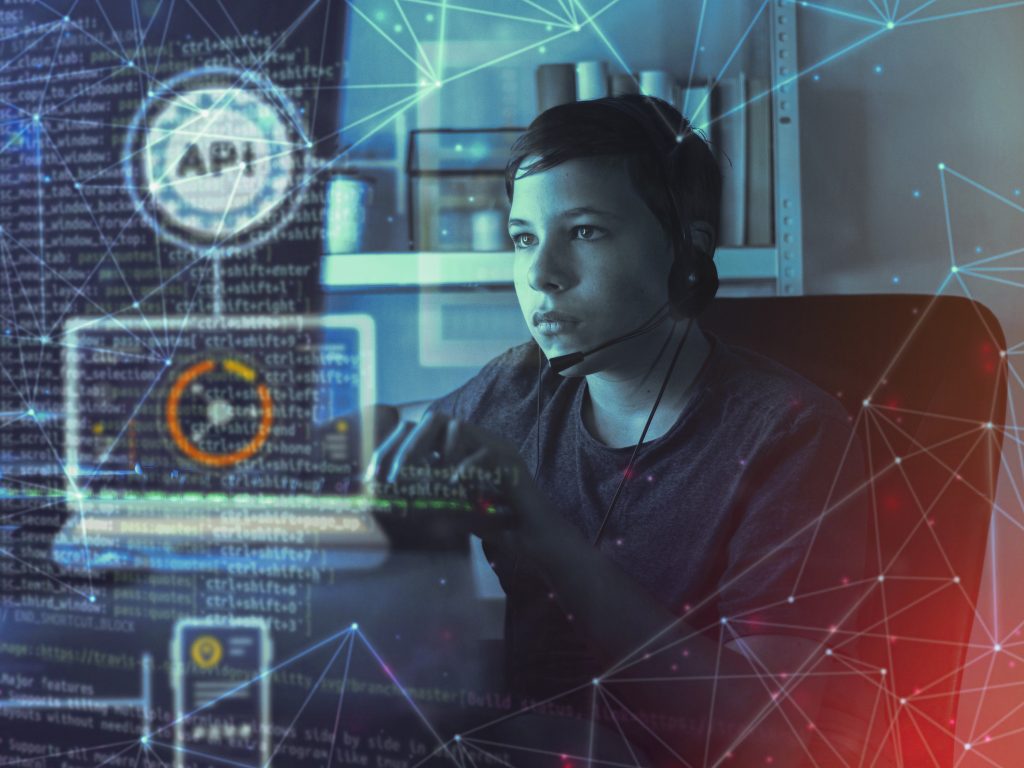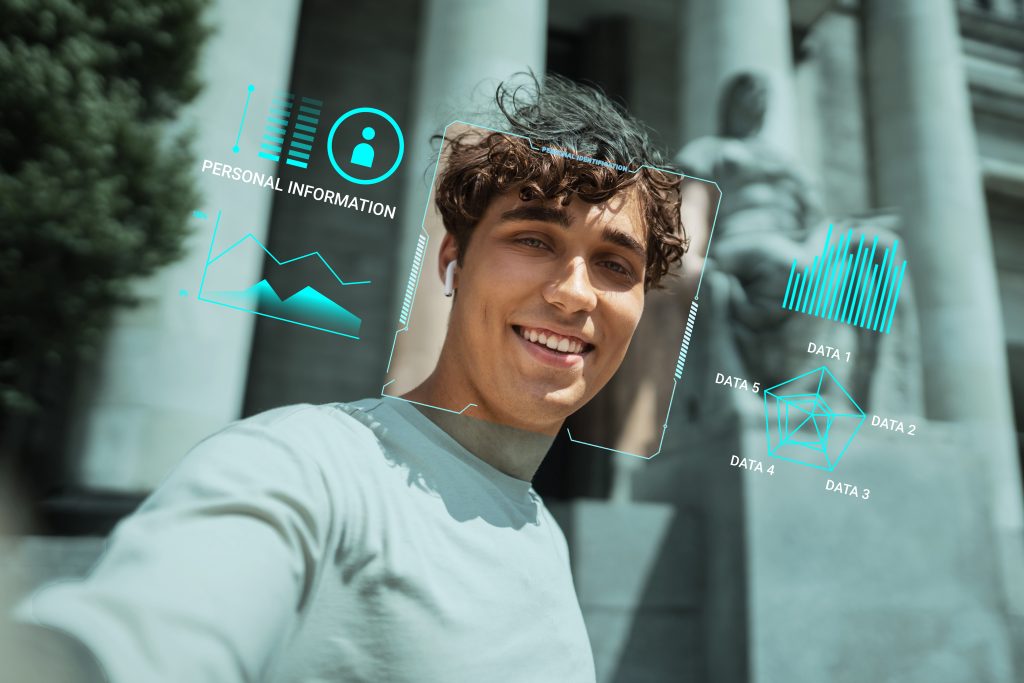In a revealing investigation, Proof News has uncovered a controversial practice among some of the world’s leading artificial intelligence companies. Tech giants including Apple, Nvidia, Anthropic, and Salesforce have been utilizing content from thousands of YouTube videos to train their AI models, often without the knowledge or permission of the content creators. This practice raises significant questions about data ethics, copyright infringement, and the future of content creation in the age of AI.
The Scale of the Issue
The investigation found that subtitles from a staggering 173,536 YouTube videos, sourced from over 48,000 channels, were incorporated into a dataset called “YouTube Subtitles.” This dataset, part of a larger collection known as “The Pile,” has been used by several major tech companies to train their AI models.
The scope of content used is vast and varied. It includes educational material from respected institutions like Khan Academy, MIT, and Harvard, as well as popular entertainment content from shows such as The Late Show With Stephen Colbert, Last Week Tonight With John Oliver, and Jimmy Kimmel Live. Even major news outlets like The Wall Street Journal, NPR, and the BBC had their video content included in the dataset.
YouTube megastars were not spared either. The investigation revealed that content from high-profile creators such as MrBeast (289 million subscribers), Marques Brownlee (19 million subscribers), Jacksepticeye (31 million subscribers), and PewDiePie (111 million subscribers) was also used for AI training.

Creator Reactions and Concerns
The revelation has left many content creators surprised and concerned. David Pakman, host of The David Pakman Show, a political commentary channel with over 2 million subscribers, expressed his frustration: “No one came to me and said, ‘We would like to use this.'” Pakman, whose channel had nearly 160 videos included in the dataset, emphasized the effort and resources that go into creating content. “This is my livelihood, and I put time, resources, money, and staff time into creating this content,” he stated.
Similarly, Dave Farina, host of the science education channel Professor Dave Explains, voiced his concerns about the potential long-term impact on content creators. “If you’re profiting off of work that I’ve done [to build a product] that will put me out of work or people like me out of work, then there needs to be a conversation on the table about compensation or some kind of regulation,” Farina said.
The producers of popular educational channels Crash Course and SciShow, part of Hank and John Green’s educational video empire, were also caught off guard. Julie Walsh Smith, CEO of their production company Complexly, stated, “We are frustrated to learn that our thoughtfully produced educational content has been used in this way without our consent.”
Legal and Ethical Implications
The use of this data raises significant legal and ethical questions. YouTube’s terms of service explicitly prohibit accessing videos through automated means, including “robots, botnets, or scrapers.” However, the dataset remains available online and has been used by numerous companies and researchers.
AI companies have generally been secretive about their sources of training data. When confronted with these findings, their responses varied. Anthropic confirmed the use of the Pile dataset, which includes YouTube Subtitles, but denied any wrongdoing. Nvidia declined to comment, while Apple, Databricks, and Bloomberg did not respond to requests for comment.

The legal landscape surrounding this issue is still evolving. Some creators have already taken legal action against AI companies for unauthorized use of their work, alleging copyright violations. However, companies like Meta, OpenAI, and Bloomberg have argued that their actions constitute fair use. These cases are still in the early stages, leaving many questions unresolved.
The Bigger Picture: AI and Content Creation
This controversy is part of a larger debate about the relationship between AI and content creation. As AI technology advances, there are growing concerns about its potential to replicate or even replace human-created content.
David Pakman shared a personal anecdote that illustrates these concerns. He came across a TikTok video that appeared to be a clip of Tucker Carlson but was actually an AI-generated voice clone reading Pakman’s own script word for word. “This is going to be a problem,” Pakman warned. “You can do this essentially with anybody.”
The incident highlights the potential for AI to not only mimic content but also to potentially misattribute it, raising concerns about misinformation and the authenticity of online content.
The Role of Data in AI Development
The scramble for high-quality training data underscores its crucial role in AI development. Jai Vipra, an AI policy researcher, explains that AI companies compete against each other partly by procuring higher-quality data. This competition drives the demand for diverse, high-quality content like that found on YouTube.
YouTube Subtitles and similar speech-to-text data are particularly valuable for training AI models to replicate human conversation and speech patterns. This “gold mine” of data helps explain why companies might risk using content without explicit permission.
The Path Forward
As AI technology continues to advance, the debate over the ethical and legal use of online content for training purposes is likely to intensify. Content creators are calling for more transparency, regulation, and potentially compensation for the use of their work.
Some argue that if AI companies profit from using creators’ content, those creators should be compensated. This argument gains strength as some media companies have recently negotiated agreements to be paid for the use of their work in AI training.
Others emphasize the need for clearer regulations and guidelines. The current legal ambiguity leaves both AI companies and content creators in a state of uncertainty.
The revelation that major AI companies have been using YouTube content for training without creator consent has opened a Pandora’s box of ethical, legal, and economic questions. It highlights the complex challenges at the intersection of AI development, content creation, and intellectual property rights.
As AI continues to reshape the digital landscape, finding a balance that respects creators’ rights while fostering AI innovation will be crucial. This may require new legal frameworks, industry standards, and ethical guidelines for AI development.
The controversy also serves as a wake-up call for content creators to be more aware of how their work might be used in the age of AI. As the technology evolves, creators may need to adapt their strategies to protect their content and ensure fair compensation for its use.

Ultimately, this issue goes beyond just YouTube and AI training. It touches on fundamental questions about the future of creativity, the value of human-created content, and the ethical boundaries of technological advancement. As we move further into the AI era, these are questions that society as a whole will need to grapple with.
Copyright©dhaka.ai
tags: Artificial Intelligence, Ai, Dhaka Ai, Ai In Bangladesh, Ai In Dhaka, Future of AI, Artificial Intelligence in Bangladesh, youtube



